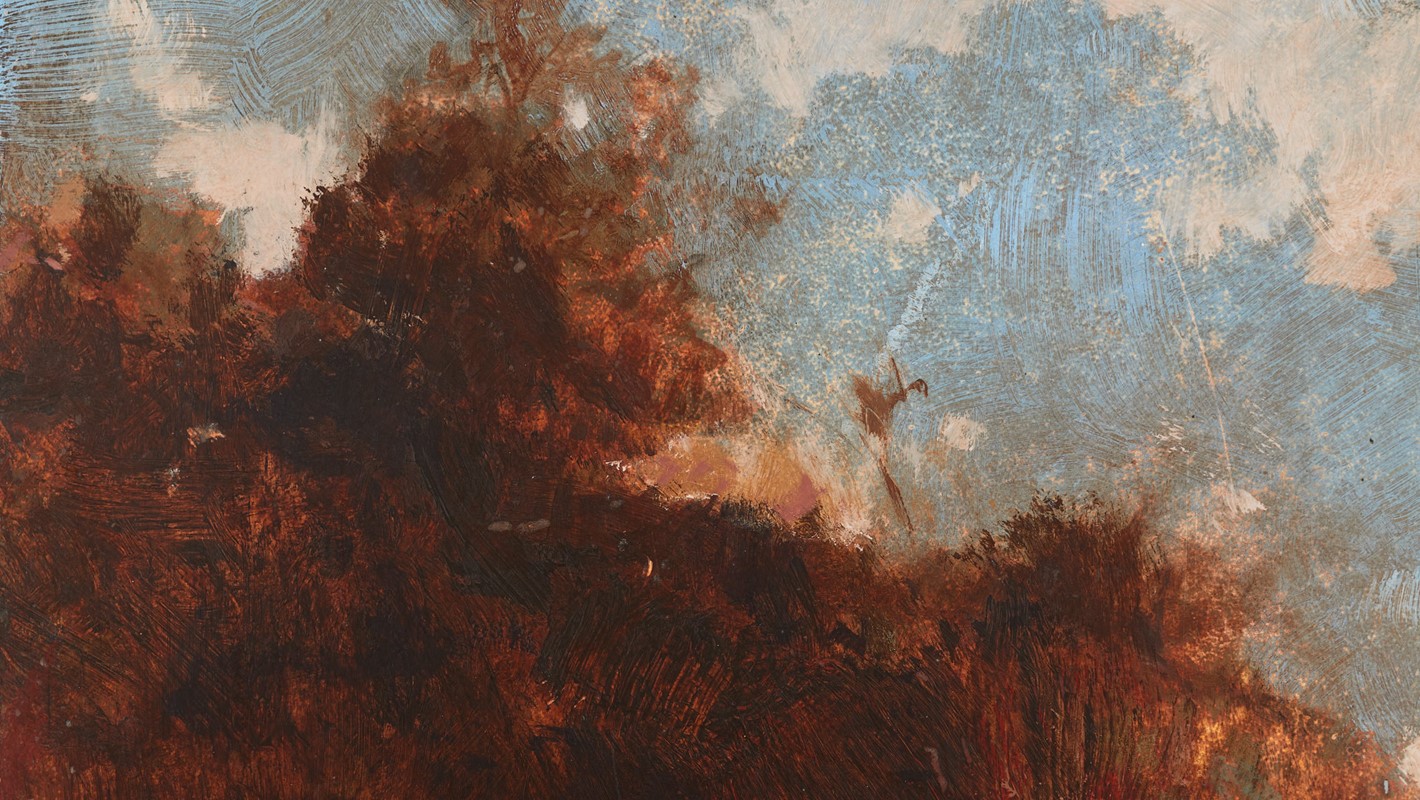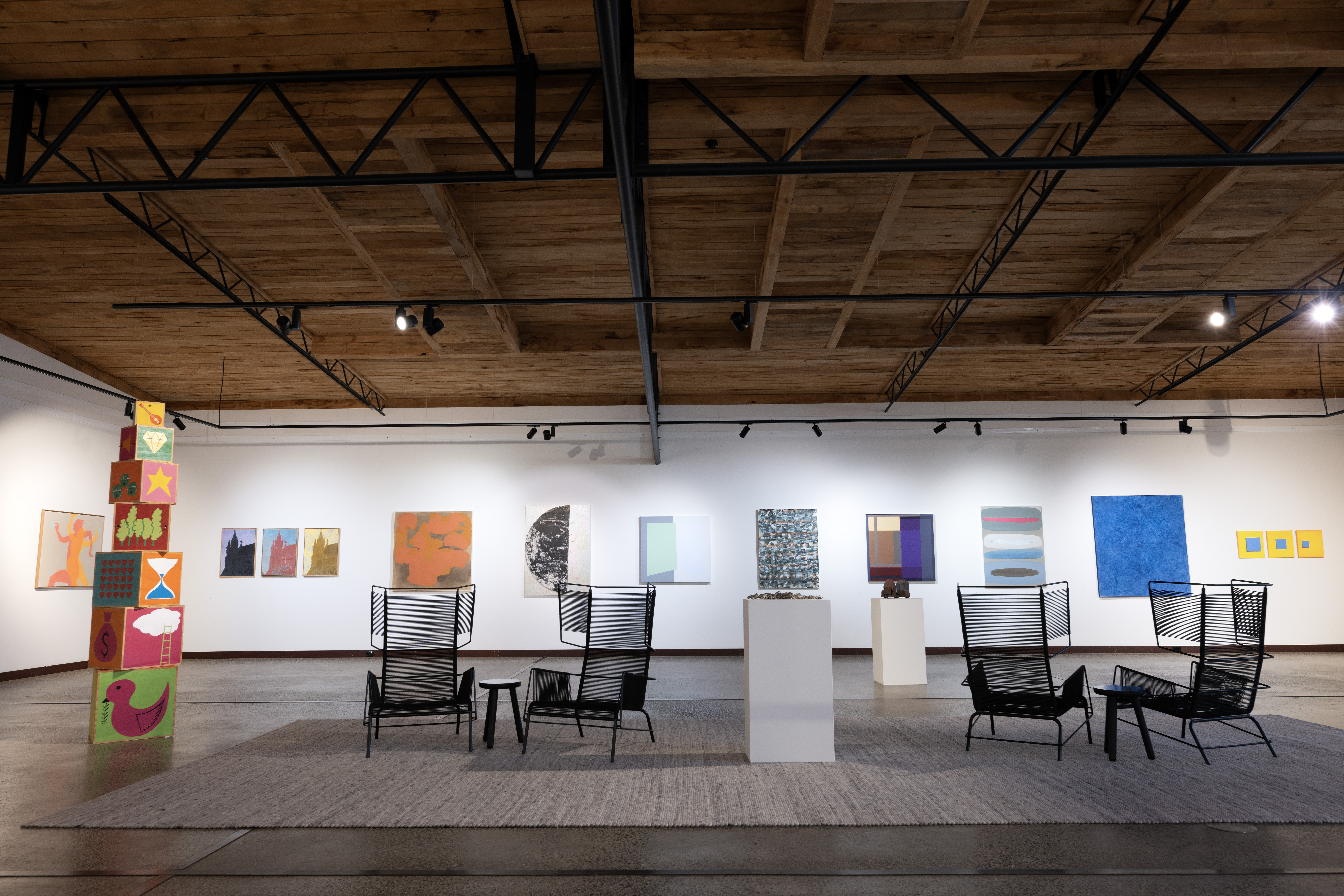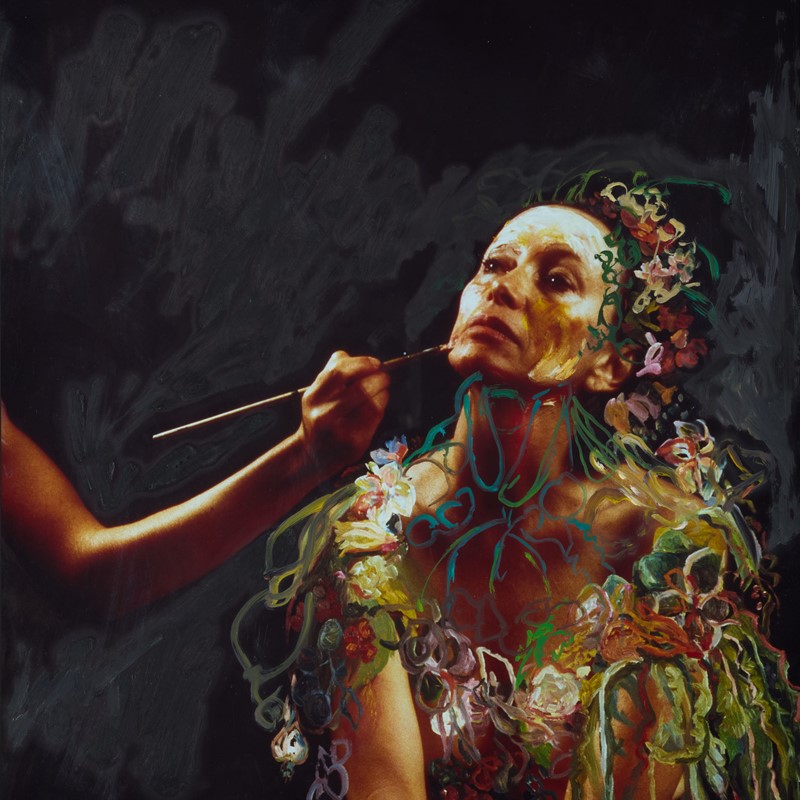Long may it continue – John Barrett-Lennard writes for the TEN catalogue.

TEN – Art Collective WA. Catalogue essay by John Barrett-Lennard
TEN is a group show of work by Art Collective WA artist members in recognition of the Collective's first and successful decade of operation. The exhibition is showing at Holmes à Court Gallery at Vasse Felix in the wine region of Margaret River, Western Australia, open 24 September - 21 January 2024.
Curator, scholar and art critic John Barrett-Lennard wrote for the catalogue:
This exhibition celebrates the first decade, and considerable achievements of Art Collective WA (1).
The Collective has helped artists survive and prosper, while developing a unique and valuable model, operating as both a collective and as a successful business. It is not a conventional, for-profit commercial gallery, but is nonetheless similar in key areas. For audiences it has run an important exhibition program and ensured access to new art by a wide variety of established mid and senior career artists working in Western Australia. For most for-profit commercial or dealer galleries to survive and prosper for a decade, to have the strong support of a broad variety of senior artists in their community, and to be stronger than ever after that time is a real accomplishment. The Collective has achieved all that, and more.
When it started, opportunities for artists here in Western Australia to exhibit and sell work were fraught. There had been a series of closures of commercial galleries in Perth over the few years prior, and many artists were left without representation and opportunities for sales were limited. Many long-standing dealer galleries had closed or relocated interstate, and artists were left adrift and uncertain (2). For local audiences it was disconcerting—where would we see the artists we were used to following? What did this represent about the visual arts and our culture here?
In 2013 the seed of Art Collective WA came together through conversations between a number of artists, including Trevor Vickers and Merrick Belyea, gallery owners Diane and Dan Mossenson of Indigenart and Mossenson Galleries (largely a space for Australian indigenous art), and gallerist Felicity Johnston (who previously ran the Johnston Gallery for several years in Mosman Park, with a decade of experience in commercial galleries in Sydney). With the Mossenson’s assistance (including space for the nascent gallery and legal advice from Dan) and with very real input from the artists the idea of the Collective came together. In May 2013 the first show opened, with a dozen artists exhibiting paintings in the front area of the Mossenson Galleries in Subiaco and with Johnston as director. (3)
The initial period in Subiaco was uncertain—no one knew if it would be successful, the space was attractive but small, and building an audience and support base would take time. At the beginning, as Merrick said, ‘initial discussions with artists were focused on survival.’ (4)
The group was determined to ensure the gallery remained artist based, with a committee made up of artist members but with an experienced director to handle operations and provide a public face for visitors and clients. Most of the group had previous experience being represented by one or more commercial galleries and all were well established in their careers. It was agreed to concentrate on artists who had at least fifteen years’ experience post their training and membership by invitation. The artists felt keenly the effects of the closure of their former galleries and stepped into the vacuum to make themselves a new home.
By 2017 Art Collective WA had grown and was doing well. In May 2017 it relocated to its current space in Cathedral Square in Perth (5) —still a modest space but solely its own and allowing multiple simultaneous exhibitions along with a stockroom to hold work from prior shows. It had many of the facets of a commercial space—and generated enough income from commissions to operate and employ staff—but remained, and remains, an artists’ gallery, a non-profit organisation operating without major external grants or direct patronage. Its unusual hybrid status makes it distinctive and is appealing to many. It could perhaps be a model for others, but its success is predicated in good part on two crucial and fortuitous aspects: the artists and committee members are experienced and balanced, and the director and staff likewise have great experience and real commitment.
The Collective is truly a synergistic enterprise and depends upon the personalities and generosity of all those involved.
The membership has now grown to thirty-six artists. While the initial group were painters, and desired to support what they saw as a particularly strong area of practice locally, the group has diversified, with artists working in photography, mixed media and sculpture, ceramics and metalwork, drawing and textiles. In addition to the membership, over a hundred other artists have participated in exhibitions.
I have written elsewhere on the problematics of art history in and of Western Australia, and the perceived marginal status of the visual arts here in national histories and its poor recognition even within Western Australia (6). That artists here perceive national histories or commentary on Australian art as failing to acknowledge local art and artists is in good part a reflection of a lack of research, writing, documentation and publishing, critically and analytically, conducted here on the context and history of art and artists in Western Australia. If we want to be seen beyond our borders, we must do the basic work ourselves—if that is not being done, we cannot reasonably blame others.
Art Collective WA does valuable work towards this, in publishing substantial monographs on five artists to date (with plans for more), and compiling and archiving nearly fifty recorded interviews so far with artists in conjunction with their exhibitions. No other organisation or institution here has been as determined and consistent in recent decades in both commissioning writing on artists and publishing it, in print and on the internet, in accessible and attractive forms.
Contemporary, non-indigenous art and artists face real difficulties at present (7), and not just in Perth or Western Australia, and the decline of contemporary art sales and of commercial galleries in Perth has both specific local factors and much broader national and international ones. For artists here their own challenges and the weaknesses of some institutional and support structures are readily perceivable, while the larger picture is both distant and hard to contend with. Art Collective WA has been a positive response to some very real problems—and it has achieved much over the last ten years, for its artist members, for a local art scene and for audiences. Trevor Vickers, who has had a significant sixty-year history in Australian contemporary art and who has been a Collective member since its first stirrings recently said that it has ‘done more for me on the artist’s side than anything else I’ve ever seen.’(8) It is unique, it came about at a time, for these artists, of crisis, and it is making a valuable and important contribution. Long may it continue.

John Barrett-Lennard
John Barrett-Lennard has worked as a critic, curator, gallery director and independent scholar in Western Australia for nearly forty years. He has also curated major exhibitions outside WA, including the Adelaide Biennial and the Australian exhibition at the Venice Biennale, and has researched and written widely on art museums, their audiences and contemporary Australian art.
Footnotes
- The Collective has presented over 135 exhibitions with over 200 artists included, published five books and recorded and archived 50 interviews with exhibiting artists (available online), and also participated in nine interstate and international art fairs.
- Perth Galleries, Greenhill Galleries, Artplace, Goddard de Fides Contemporary Art, Gallery East and Galerie Düsseldorf all closed between 2011 and 2013. Most had operated for over twenty years and the longest-running, Galerie Düsseldorf, for thirty-seven, since 1976. Three more commercial galleries were to close in the next few years: Venn Gallery and Melody Smith Gallery in 2014, and after twenty years the Turner Galleries closed in 2019.
- Artists in that first exhibition and the core of the initial membership of the Collective were Trevor Vickers, Joanna Lamb, Penny Coss, Eveline Kotai, Penny Bovell, Jo Darbyshire, Chris Hopewell, Jeremy Kirwan-Ward, Helen Smith, Angela Stewart, Merrick Belyea and Peter Zappa.
- Merrick Belyea, personal communication, 28 August 2023.
- The first exhibition at Cathedral Square was Alphabet City by Tim Burns, 11 February -4 March 2017.
- See “On Edge: Jeremy Kirwan-Ward’s Painting and The West” in Jeremy Kirwan-Ward: You Can See It From Here, Art Collective WA, Perth 2017.
- This is not to deny the real significance of indigenous art over the last several decades, or some of the problems within that sphere. It is to highlight the ways in which the pond (particularly of public attention and institutional recognition) for non-indigenous art and artists has shrunk markedly. There is no easy, single solution, and it is certainly not a zero sum game. The issues are complex, however, much more so than I can address fully or with justice in this short essay.
- Trevor Vickers, phone conversation, 29 August 2023
Art Collective WA would like to thank Janet Holmes à Court for her support over the last decade.
Holmes à Court Gallery at Vasse Felix
Cnr Caves Rd & Tom Cullity Drive, Cowaramup WA 6284
(08) 9756 5000
Gallery hours: 10am to 5pm, 7 days a week
holmesacourtgallery.com.au
hacgallery@heytesbury.com.au

